Holly: Great. Well, I know that it was literally a goal of yours and that you strategized to be the first Native American woman with a play on Broadway. How does it feel to have achieved that goal you set for yourself?
Larissa: Oh, it feels amazing. I mean, it’s been a long time and a lot of really hard work to get here. So it does feel really good, and I’m excited to have the chance to take part in a lot of opportunities because of this now, to make sure that I am not the last Native American playwright this century—because so far we’ve only had one per century—on Broadway. I’m really excited to be part of changing that.
Holly: That’s awesome. I understand that you have a total of seven more productions in 2023. And one of those things is the Peter Pan rewrite that you’re doing. In terms of rewriting that story, would you mind sort of starting from the beginning and stating the obvious of what needs to be fixed?
Larissa: Peter Pan has been actually harmful to a lot of Indigenous folks— Well, all Indigenous folks in this country anyway. It’s something that has been very painful for Native people, both the depiction of us as the only people in Neverland who can’t seem to grasp English and as folks are being played in redface. Both of those things have been a problem in the past that needed to be solved. And then also the fact that Wendy has no lines that are not related to Peter in some way and doesn’t have a song, and that Tiger Lily also doesn’t seem to have any relationship with Wendy really hardly at all.
And frankly, if you read the descriptions, there’s a promotion of rape culture that I’m shocked that we’ve been letting children read all this time. If you read the description of Tiger Lily, it says how she’s this fierce warrior and because of that all the Braves of her tribe want to be coupled with her. And because she’s a fierce warrior, she’s been able to fight them off and stay single this long. My jaw did what yours just did—dropped—because I couldn’t believe we are letting children read that paragraph over and over again. That it’s legitimate for a woman to only survive as single by physically fighting men off, and that that was seen as a positive for her. That was really shocking to me. So things like that absolutely needed to be changed, and children should never read that paragraph again.
Unless we fix that foundation of anti-Indigeneity, which is still deeply prevalent, then the rest of it is still built on a shaky ground.
Holly: Are you managing to solve a lot of those problems?
Larissa: My current draft tackles all of those things. It makes it so we do have to hire a couple Native actors but we don’t have to play redface for the rest of the group. Wendy has a song, and she has lines that are about her own hopes and dreams. She and Tiger Lily have a scene together—they have action together that isn’t just centered around the men in their lives.
We’re going to tackle a lot of those things very simply, actually, while still retaining all of the things that are fantastic about Peter Pan. I mean, those pirates are hilarious, I love them. They’re so funny and they’re so good. And there’s a reason this title is so beloved and has lasted this long. It’s actually really good. And so, in so many ways we kept all of that and just fixed the things that needed fixing within the structure of the original. It is not a full reimagining, it’s simply a fixing, which I’m excited about.
Holly: That sounds great. I’m excited too.
So, I think The Thanksgiving Play is anti-racist. I think it does anti-racist work. What does that mean to you? And would you even agree with me saying that you are an anti-racist writer?
Larissa: That’s a good question. I have to think because I haven’t ever thought of myself in that way, because I’m specifically, in most of my work, indigenizing. And I think even this work—The Thanksgiving Play—even though it is talking about a lot of facets of racism in this country and white supremacy culture, my work is always very specifically pointing back to indigenizing.
I’m very specifically trying to indigenize our educational system, our arts, our audiences, our stages, our production people. I’m focused on indigenizing first to correct the foundation this country is built on, which is in an anti-Indigenous foundation, from which all the other racism grew, right? I’m trying to correct that foundation first, and that’s where my focus is as an artist and as a human. Because I feel like unless we fix that foundation of anti-Indigeneity, which is still deeply prevalent, then the rest of it is still built on a shaky ground. So, I’m starting from the bottom and then working my way up through all the other racisms and other isms.
The Thanksgiving Play is as much about misogyny as it is about racism. I call myself an Indigenous woman, because I’m a female-identifying person, so I say “Indigenous woman” for what I am identified as. That assumes so many things in the Lakota worldview. It means I have the most, if you will, divine power because we have the power of actually creating life. And so we’re considered closest to the creator, whatever that means to you, as women. And therefore we have a sacred space in our culture that is revered and upheld in very specific practical and ceremonial ways. I’m talking a lot about misogyny in The Thanksgiving Play. It’s almost more prevalent, or at least as prevalent, as talking about Indigeneity.
It’s fascinating to me, though, how often I’ve been in read-throughs with actors and the collaborators didn’t even notice. I mean, that’s how deep it is, right? They didn’t notice that every time the lead character Logan says something, the group rejects it until her male partner underscores it. And as soon as he says it, then they all move into action. When I mentioned it, they were like, “Whoa. What?” I was like, “Yeah.” Every single time.
I even had some people say, “Well, he’s just being supportive.” No. If everybody was jumping into action doing what she said and then also he was saying, “Yes, this was a fantastic idea,” that would be supportive. But everybody is sitting there not doing anything until the man says yes. It’s not being supportive.

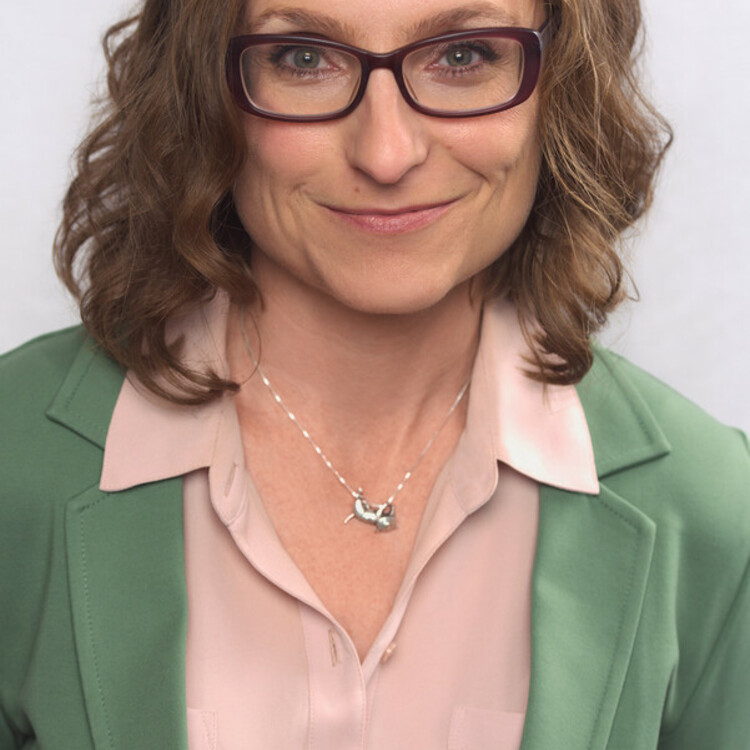
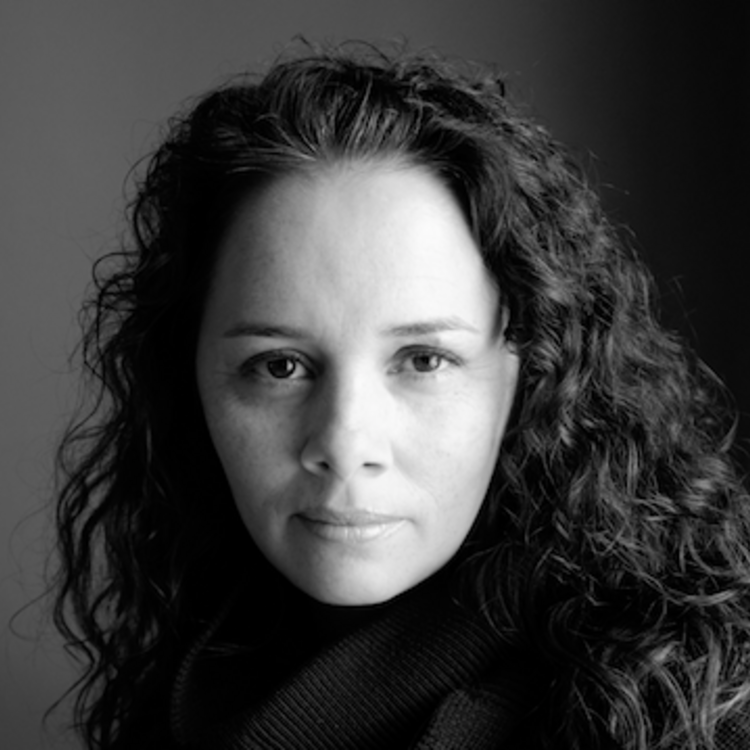
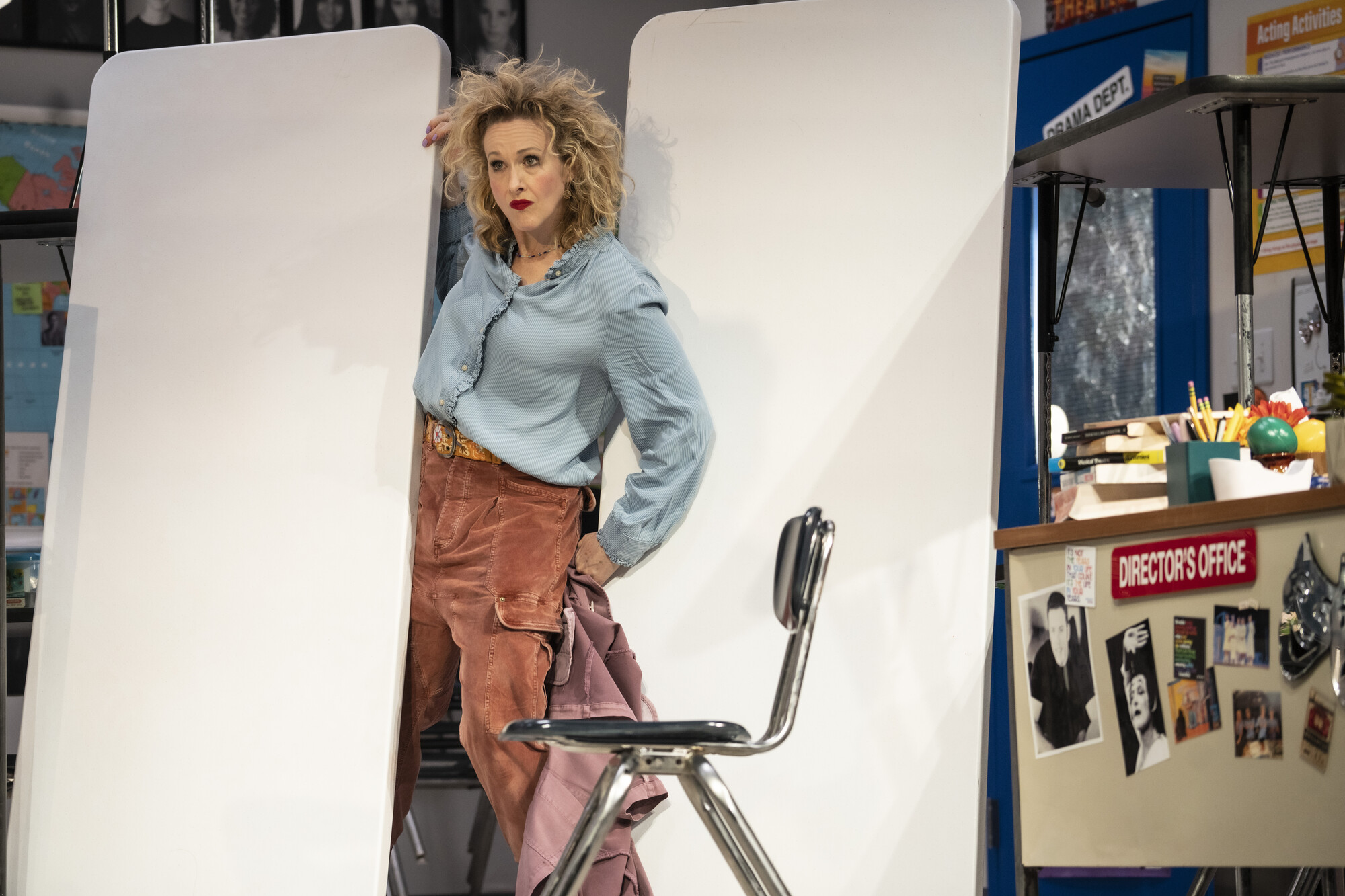
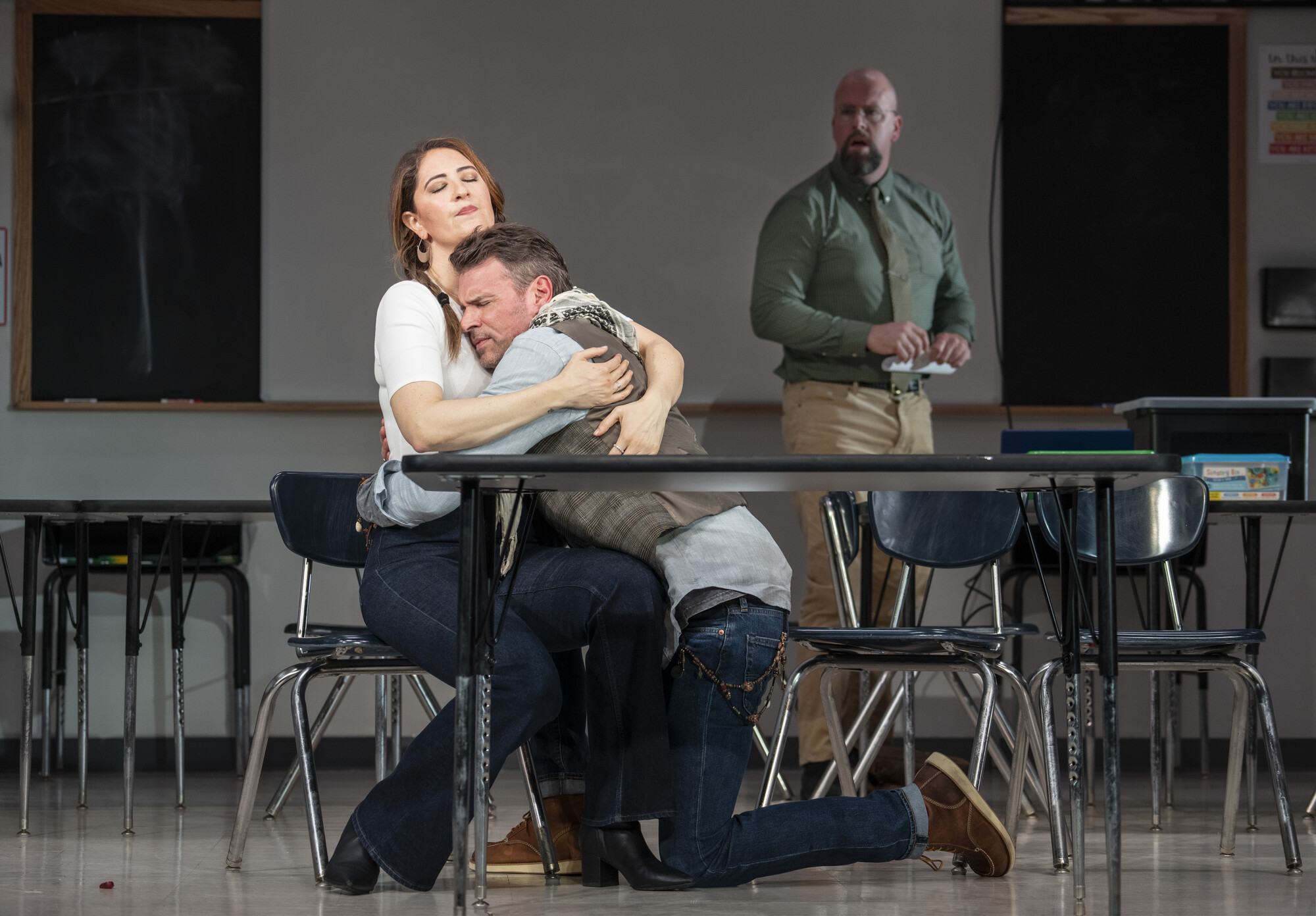
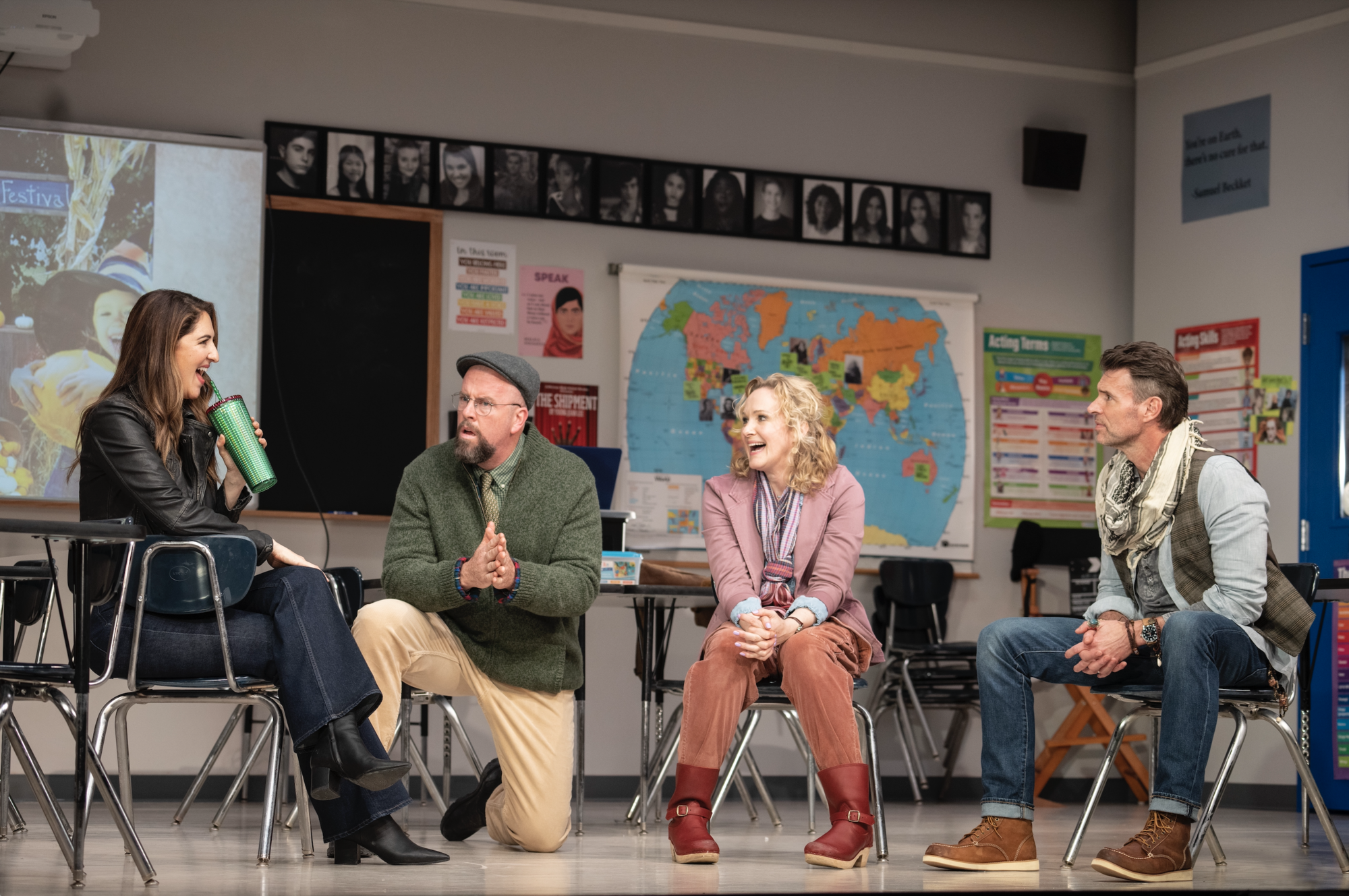
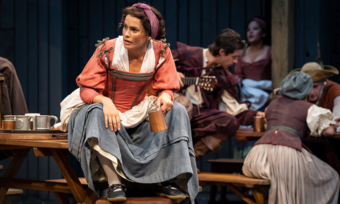

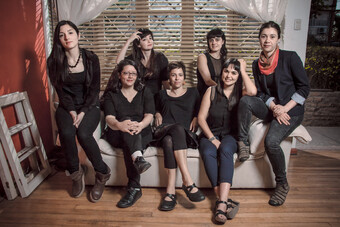


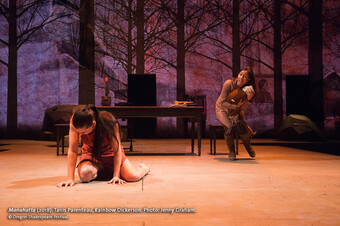


Comments
The article is just the start of the conversation—we want to know what you think about this subject, too! HowlRound is a space for knowledge-sharing, and we welcome spirited, thoughtful, and on-topic dialogue. Find our full comments policy here
This was a great article! Very informative. Thank you for the insights into "The Thanksgiving Play." I'll be sharing this with friends so we can keep a lookout for your "Peter Pan." Break all the legs on both of your next ventures!